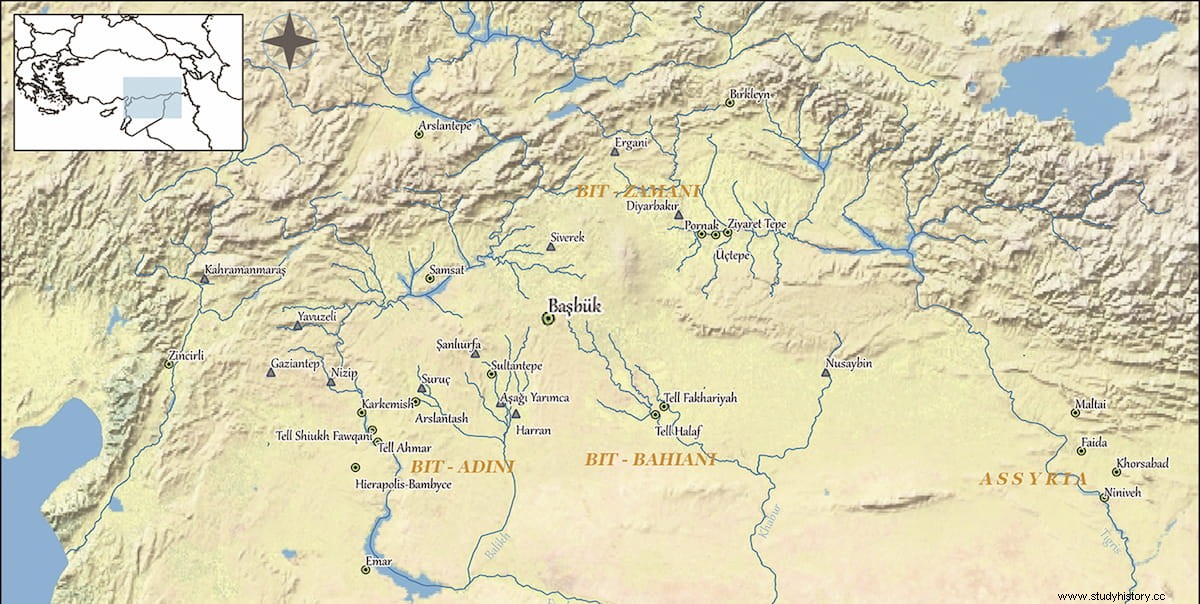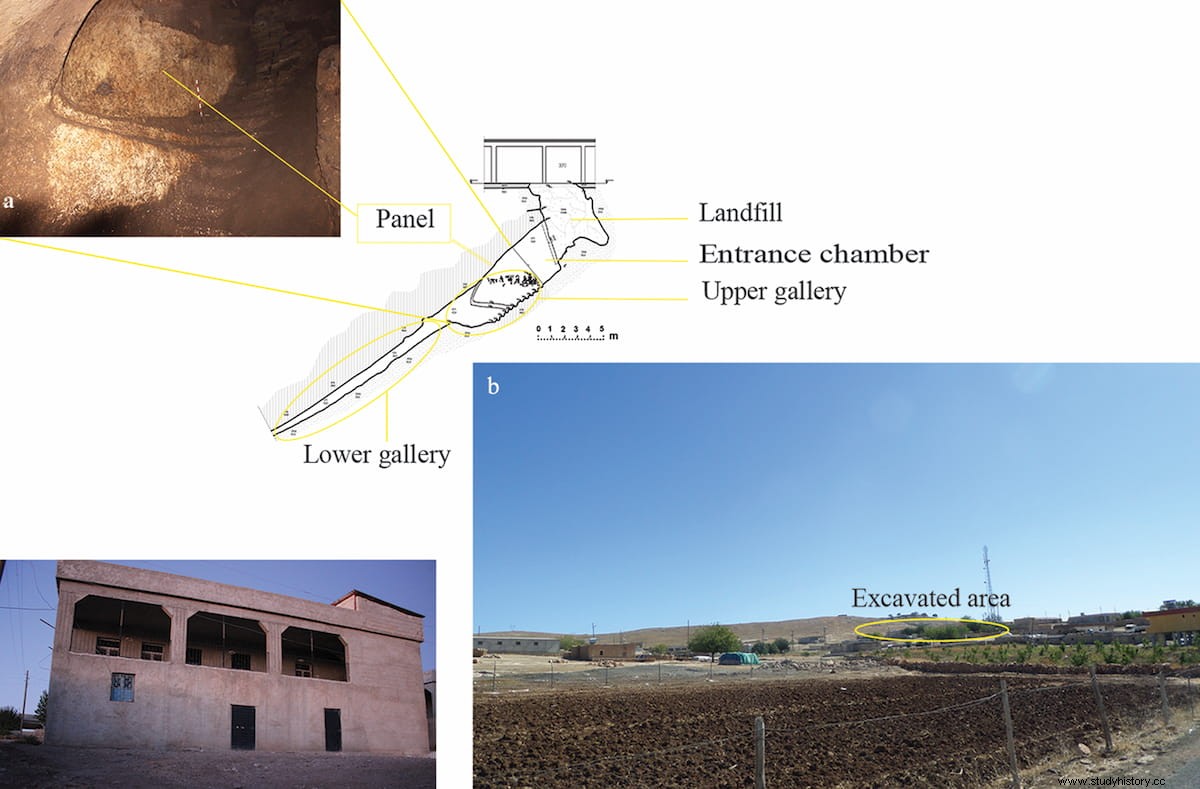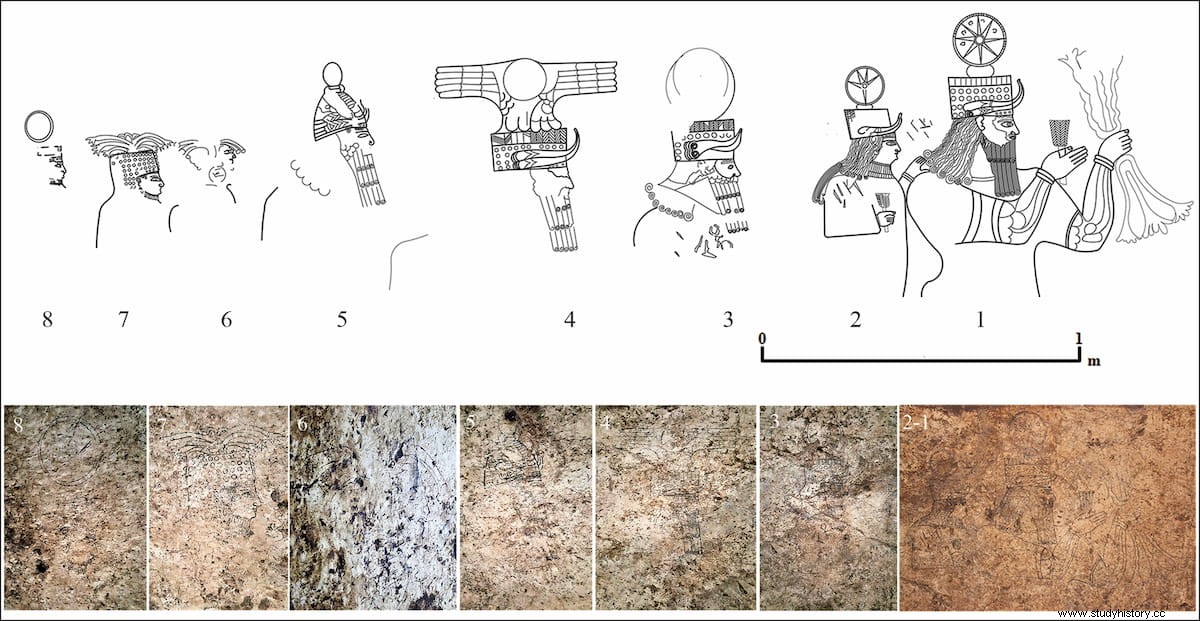The complex is carved out of bedrock and stretches for at least 30 meters below a two-story house in the village of Başbük, in southeastern Turkey.
It first attracted the attention of looters. The authorities caught them and archaeologists were able to conduct a salvage excavation of the underground complex, followed by a study of its rock panel.
This revealed that the artwork at the site was a rare representation from the first millennium BC. of a procession of deities. The unfinished artwork is Assyrian in style, suggesting that this site was created during the Neo-Assyrian Empire period.

The Neo-Assyrian state originated in Mesopotamia and grew to become the largest empire in history. It spread to Anatolia between 900 and 600 BC, when this work of art was probably created.
However, the accompanying inscriptions tell the story of integration rather than conquest. They are written in the local language, Aramaic, not Assyrian, and the artworks feature religious themes from Anatolia and Syria.

In fact, the inscriptions identify the figures as local deities, despite the Assyrian style. This allowed researchers to identify the storm god Hadad, the moon god Sîn, and the earliest representation in this region of Syria's chief goddess, Atargatis.
The archaeologists were also able to identify an inscription that could refer to the name of 'Mukīn-abūa'. He was a Neo-Assyrian official during the reign of Adad-nirari III (811-783 BC).
He may have been given control of the region, and investigators speculate that he may have used the complex to blend in and win over the local population.

However, the unfinished nature of the site suggests that it was unsuccessful. Something that affected the activities of the builders, such as a riot, may have caused their abandonment. The authors hope that further work can shed light on the culture and politics of the ancient empire.
As this was a salvage excavation, we were unable to study the entire site said Dr. Adalı, one of the authors of the research. Over time, further excavations will be carried out at Başbük and more of the mysterious underground complex will be discovered .
